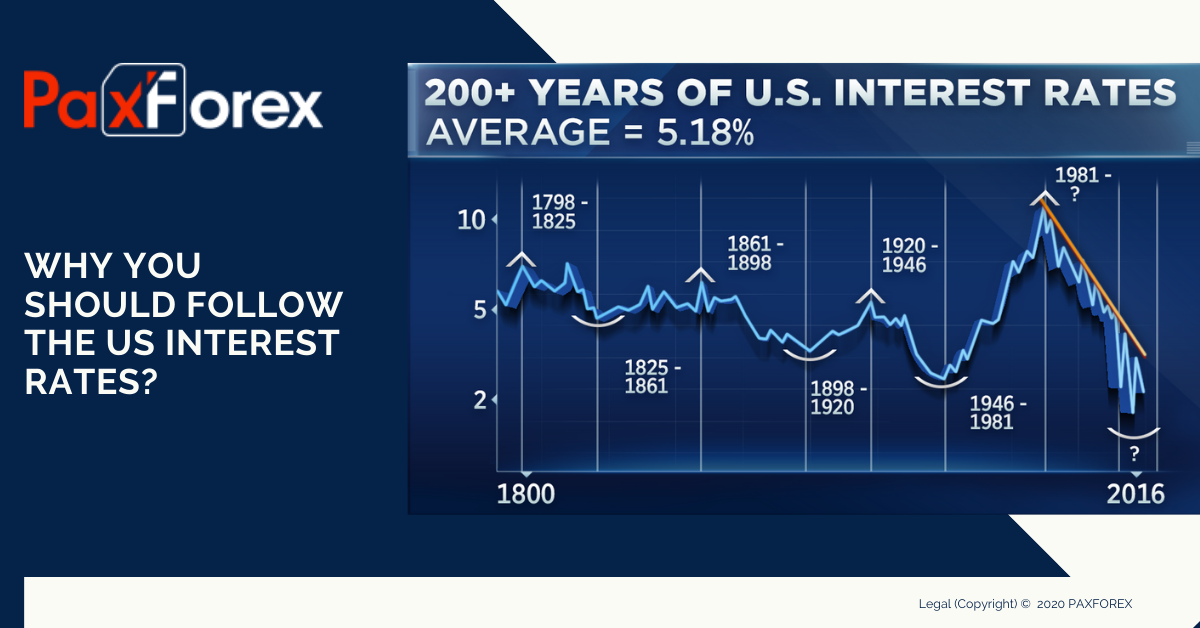
When it comes to analyzing currencies on a fundamental level, many traders feel overwhelmed by the number of factors that impact currency exchange rates. While there are many factors that determine traders’ desire to invest in a country, comparing interest rates can be a good barometer for the strength of a country’s economy. The Federal Reserve, responsible for managing the monetary system of the United States, recently raised interest rates by 0.25 percentage points. All money flowing through the U.S. financial system originates with the Federal Reserve, so what does this mean for you.
One of the most important economic indicators for forex traders is the inflation report. Currency pairs tend to be very volatile around the time inflation data is released. The inflation rate is simply a measurement of the price change in goods and services over a period of time. Many central banks, such as the Federal Reserve, usually have an inflation rate target that they need to keep an eye on. If the inflation rate is too high or too low, central banks need to react in order to stabilize the economy. A small amount of inflation is considered healthy for the economy, but hyperinflation (extremely high inflation) and deflation (the fall of prices in goods and services) are a nightmare for policymakers, as these situations can easily lead to a drop in economic activity.
A higher Federal Funds Rate will probably mean that creditors do better, and debtors worse. But this isn’t always the case. Sometimes - when central bank rate decisions are unexpected - the opposite happens. When central banks put up rates too quickly, this can have adverse effects for savers too. If the economy is cooled down too aggressively by the Fed, then it could fall into recession, reducing the returns on investments and penalizing savers. Long-term interest rates follow changes in the Federal Funds Rate when movements are anticipated. But the relationship breaks down when Federal Reserve decisions come as a shock.
Even with historically low interest rates, the U.S. dollar has enjoyed favorable exchange rates in relation to the currencies of most other nations. This is partially due to the fact that the U.S. retains, at least to some extent, the position of being the reserve currency for much of the world. Also, the U.S. dollar is still perceived as a safe haven in an economically uncertain world. This factor, even more so than interest rates, inflation or other considerations, has proven to be significant for maintaining the relative value of the U.S. dollar.
By arming yourself with data from the above indicators, you as a trader can estimate how the US federal interest rates will change. As indicators are improving, so is the economy, and traders can estimate that the rates will be raised or stay the same. However, drops in the indicators above can herald a rate cut and could be a sign that traders need to heed warnings. You can also predict rate decisions by keeping an eye out for major announcements and analyzing market forecasts.







